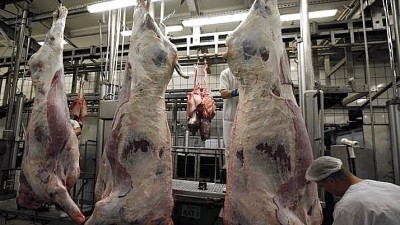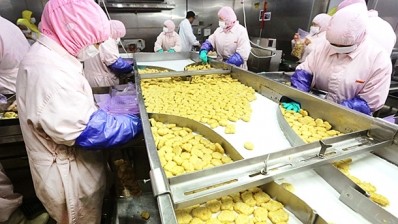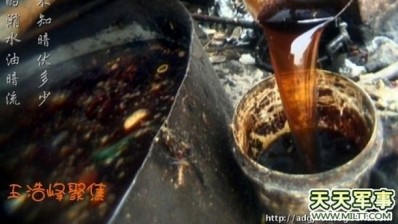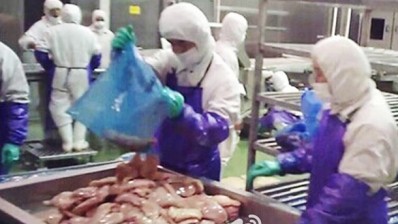China
27 arrested for smuggling beef that had been banned amid BSE scare
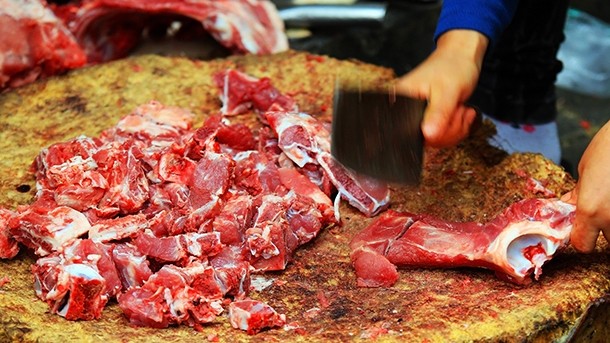
According to Xinhua, China’s official news agency, hundreds of tonnes of beef from a region of Brazil that had been hit by mad cow disease were had been found on the Chinese market.
This happened before China lifted its import ban in July, though the arrests were made this week with the suspects still involved in smuggling.
Police in east China's Jiangsu province confiscated some 300 tonnes of the smuggled beef, the provincial public security bureau told Xinhua.
According to the bureau, police had been investigating eight beef-trafficking rings and apprehended the suspects thanks to a tip-off from earlier this year.
Xinhua cited Dai Leyu, deputy head of the county's public security bureau. Dia said the eight beef suppliers involved sold locally produced beef at markets while hiding most of the cheap meat from Brazil in remote frozen warehouses.
Butchers looking to make extra money would sell on the meat to customers appreciative of its cheap price. Local raw beef costs RMB60 (US$9.80) to RMB80 per kilogram, while Brazilian beef only costs half that price.
Police are continuing to investigate other sales networks in the case, Dai said.
China placed the ban on Brazilian beef due to an outbreak of mad cow disease in late 2012. It is one of the biggest meat-consuming countries in the world.
The smuggled beef attracted many Chinese consumers because of its low price. Local raw beef costs 60 yuan (9.8 U.S. dollars) to 80 yuan per kilogram, while Brazilian beef only costs half of the price of local beef.
The beef was labelled in English with "Manufactured in Brazil" and "Produced in 2013" to show its origin and production date.
